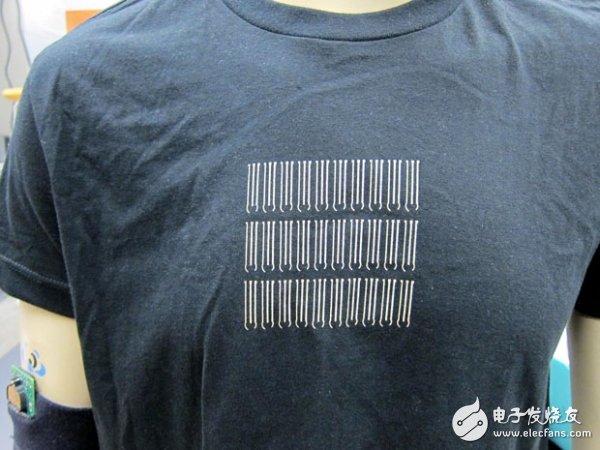Researchers at the University of California, San Diego, are developing a smart fabric that helps the wearer maintain a comfortable body temperature. Their purpose is to reduce the dependence on air conditioning.
According to the US Department of Energy, 5% of all electricity generated in the United States is used in air conditioners. This is not only reflected in the fact that the US national grid requires billions of dollars in electricity generation, and it also needs to emit hundreds of millions of tons of carbon dioxide into the air every year. In other countries, such as India, the total energy consumption of air conditioners is expected to increase by an order of magnitude in the next decade.
Although we can help reduce energy consumption and reduce pollution by developing more energy-efficient air conditioners and building green homes and offices, in the long run, finding ways to find a life and work without air conditioning may have greater impact.
To achieve this ambitious goal, the Department of Energy's Advanced Research Projects Agency (ARPA-E) has been funding several initiatives, including a project called ATTACH (Adaptive Textile Technology and Dynamic Cooling and Heating).
This is a three-year project led by Joseph Wang, a professor of nanoengineering at the University of California, San Diego, with the goal of developing a privatized, wearable heating and cooling technology for office workers to reduce Energy consumption of building HVAC systems (heating, ventilation, air conditioning). Unlike other advanced fabric technologies, which are designed for people working outdoors (either in very cold climates or in very hot climates), ATTACH is designed for temperatures ranging from 19°C to 26°C. Clothing using this technology can help users reduce the use of certain situations, even without the use of HVAC.

According to NKACH team member Renkun Chen, “The goal of the project is to achieve a skin comfort temperature of 93 degrees Fahrenheit (about 33 degrees Celsius).†The technology being developed is based on adaptive textiles, when the ambient temperature is lowered or raised, Automatically increase or decrease their insulation values ​​(porosity and thickness). Part of the mechanism will be purely passive and consume no power at all. In addition, the team plans to add integrated heating elements and cooling elements, using printed thermoelectric devices and batteries.
It is also reported that their team is looking for different innovative ways to drive dynamic components. There is a flexible biofuel cell, and human sweat is the source of electricity for fuel cells.
ATTACH is still in the early stages of development, and different teams are responsible for different components. If everything goes as planned, these components are expected to be integrated into a single prototype of wearable textiles in three years, and then we can say goodbye to the air conditioner.
Cheap Food Processor,Best Mini Food Processor,Best Small Food Processor,Kitchenaid Processor
JIANGMEN JIANGHAI DISTRICT SHENGHUI ELECTRIC CO.,LTD , https://www.shenghuielectric.com